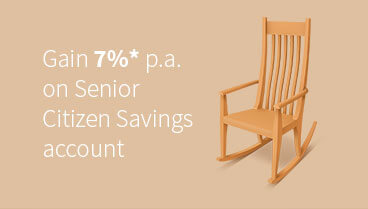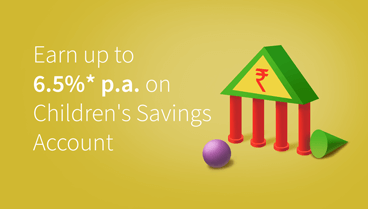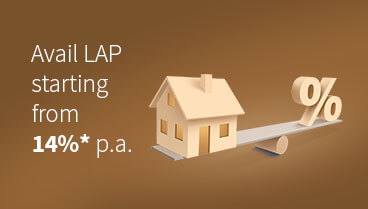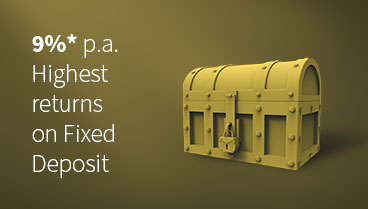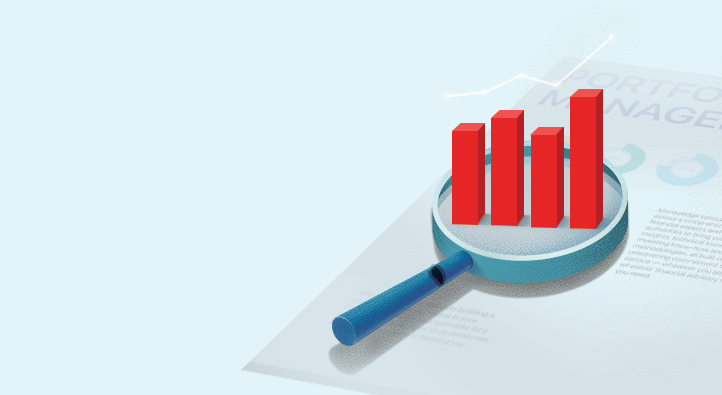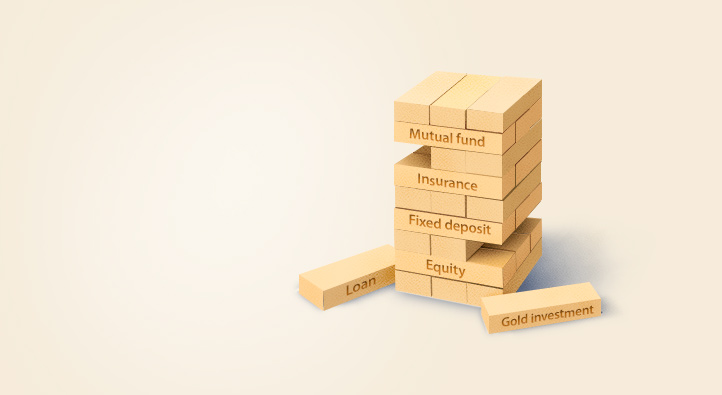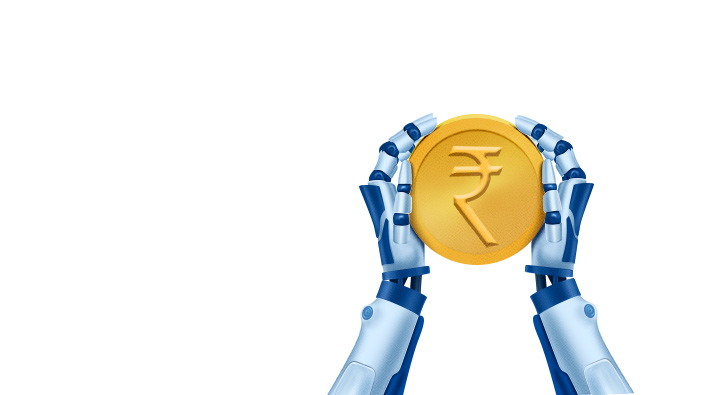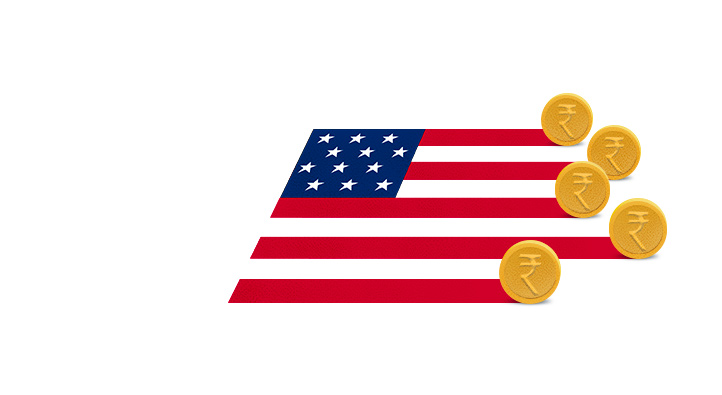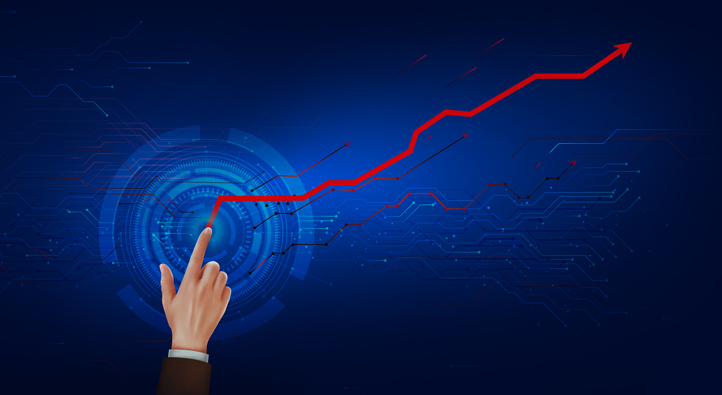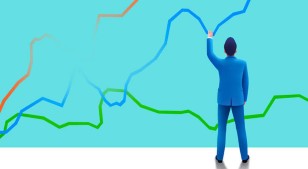Although there are different dynamics behind inflation, its
primary trigger is an increase in the supply of money in the
economy. Supply can be increased by the government
through additional minting of currency notes, by devaluing the
currency or by injecting cash into the secondary market. Three
major types of inflation are,
Demand-Pull Inflation – The supply of money in the economy
kindles demand in the market. With more demand for goods
and services compared to the supply capacity, the price
inevitably rises. With cash availability, the consumerism in the
market increases while the supply is not able to cope with the
demand surge.
Cost-Push Inflation – It happens when the production costs
increase leading to a rise in the price of commodities. For
instance, when the manufacturer concedes to the wage
increase demands of the employees, they lose out a portion of
their profit, provided the selling price is fixed. To restore their
profit, the manufacturer would then raise the price of the final
product. At a macro level, this would lead to a price rise which
is triggered by an increase in the cost of production. With the
price rise, the real income of the wage earners reduce, and the
demand for wage increase repeats itself.
Built-in Inflation – With the price rise, workers and suppliers
expect the rise to continue and demand more. This increases
the cost of production and eventually the price. The cost
rise-price rise cycle continues by bouncing off each other,
keeping the inflation rate going up. This is known as built-in
inflation.
Apart from the supply of money and the demand-supply
dynamics, there are a host of factors that can influence the
inflation rate of a country. Technology, for instance, has made
production processes cheaper thus resulting in the lowering of
prices of technology-driven products. The demography of a
country like Japan is considered to be responsible for its
persistent deflationary trends. Factors like the unemployment
rate, saving propensity and velocity of money can influence
the inflation rate.


